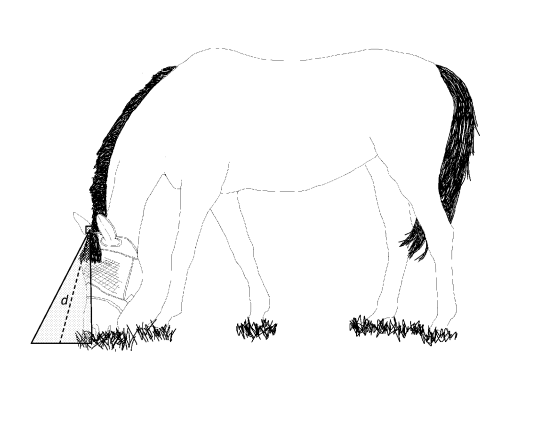THE CHALLENGE
Effective livestock management for grazing animals like horses hinges on accurately monitoring feeding behavior and forage quality to optimize animal health and productivity. Traditional methods, which often involve manual observation, are labor-intensive, time-consuming, and susceptible to error, thereby providing only fragmented data that fall short of offering a holistic view of the animals' feeding patterns and the nutritional content of the forage. This lack of continuous, real-time information hampers the ability of farmers and veterinarians to make timely and informed decisions, potentially affecting overall resource utilization and animal welfare. With the rising demand for more efficient livestock production systems, there is a critical need for non-invasive, technologically advanced solutions that can deliver comprehensive data on grazing behavior and forage quality, ultimately leading to more effective feeding management and improved outcomes in animal health and productivity.
OUR SOLUTION
A wearable head-mounted device has been developed for grazing animals, particularly horses, to monitor feeding behavior, forage intake, and forage quality in real time. The system integrates into standard equine headwear such as halters or masks and includes a spectrophotometer near the ear that captures spectral data from forage before consumption. It is complemented by sensors including GPS, accelerometers, gyroscopes, and environmental monitors that track the animal’s movement and surrounding conditions. This non-invasive device transmits the collected data for computer-based analysis, enabling accurate identification of grazing behavior and detailed assessment of forage nutritional content. With high detection accuracy and strong correlations to laboratory analyses for parameters like dry matter, fiber, and crude protein, the technology offers a reliable and comprehensive monitoring solution. Its real-time functionality and adaptability to other grazing animals such as cattle and sheep make it a valuable tool for improving livestock management, supporting better decision-making, and promoting animal health and productivity.

Figure: Monitoring system in action.
Advantages:
- Real-time monitoring of grazing behavior and forage intake for precise management.
- Accurate activity classification enables better understanding of animal habits.
- Non-invasive design integrates seamlessly with existing equine headwear.
- High commercial potential with broad applicability across grazing animals.
Potential Application:
- Equine nutrition monitoring
- Livestock forage assessment
- Veterinary health tracking and grazing management
- Horse weight management